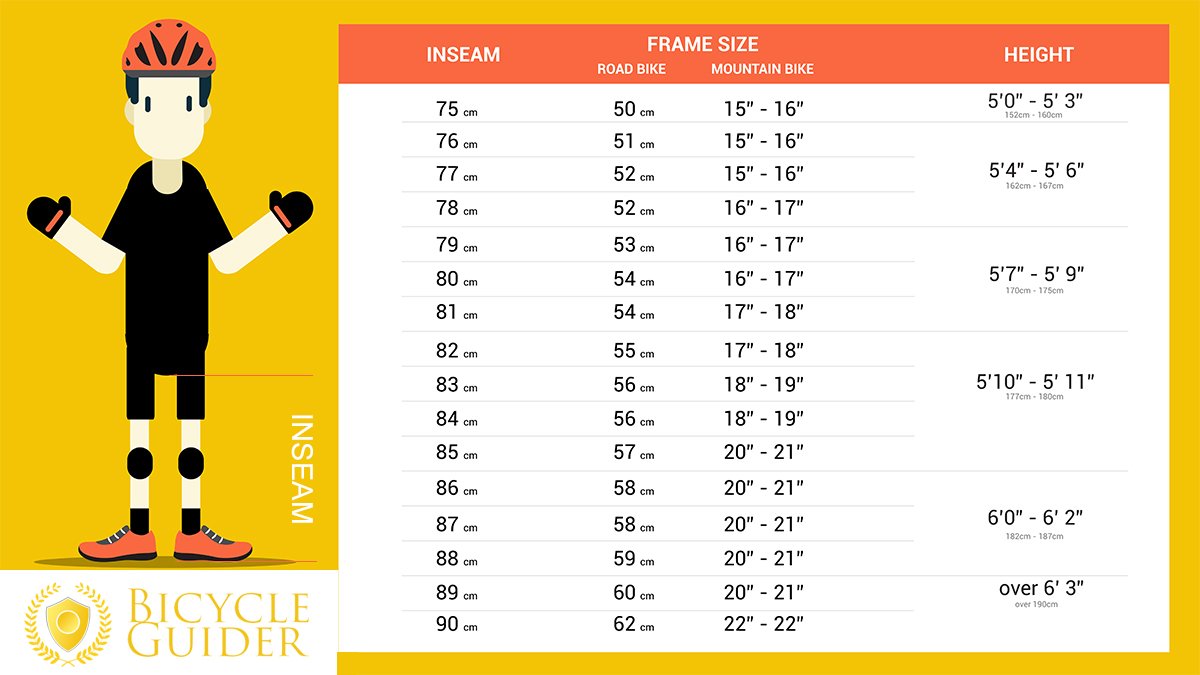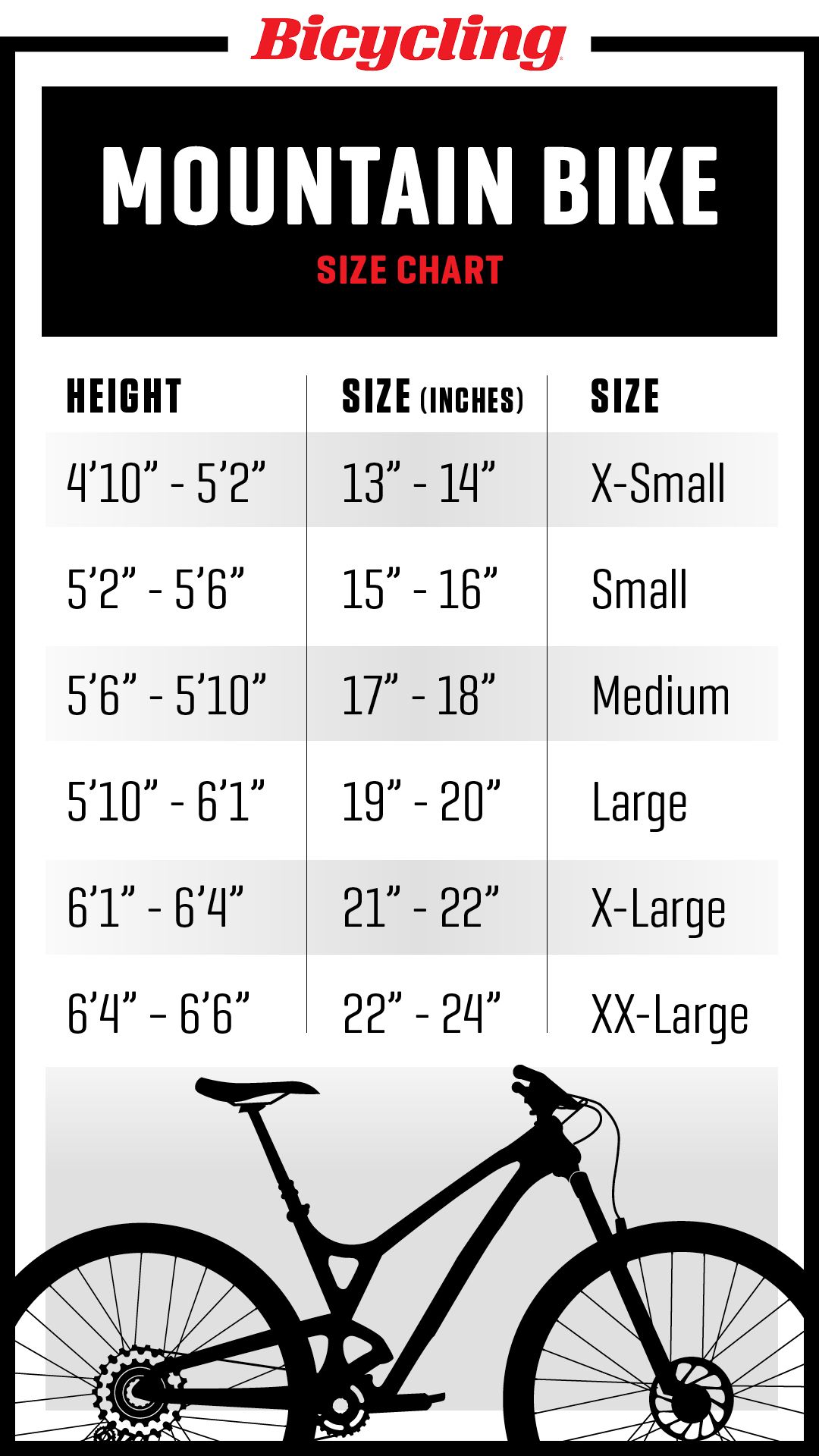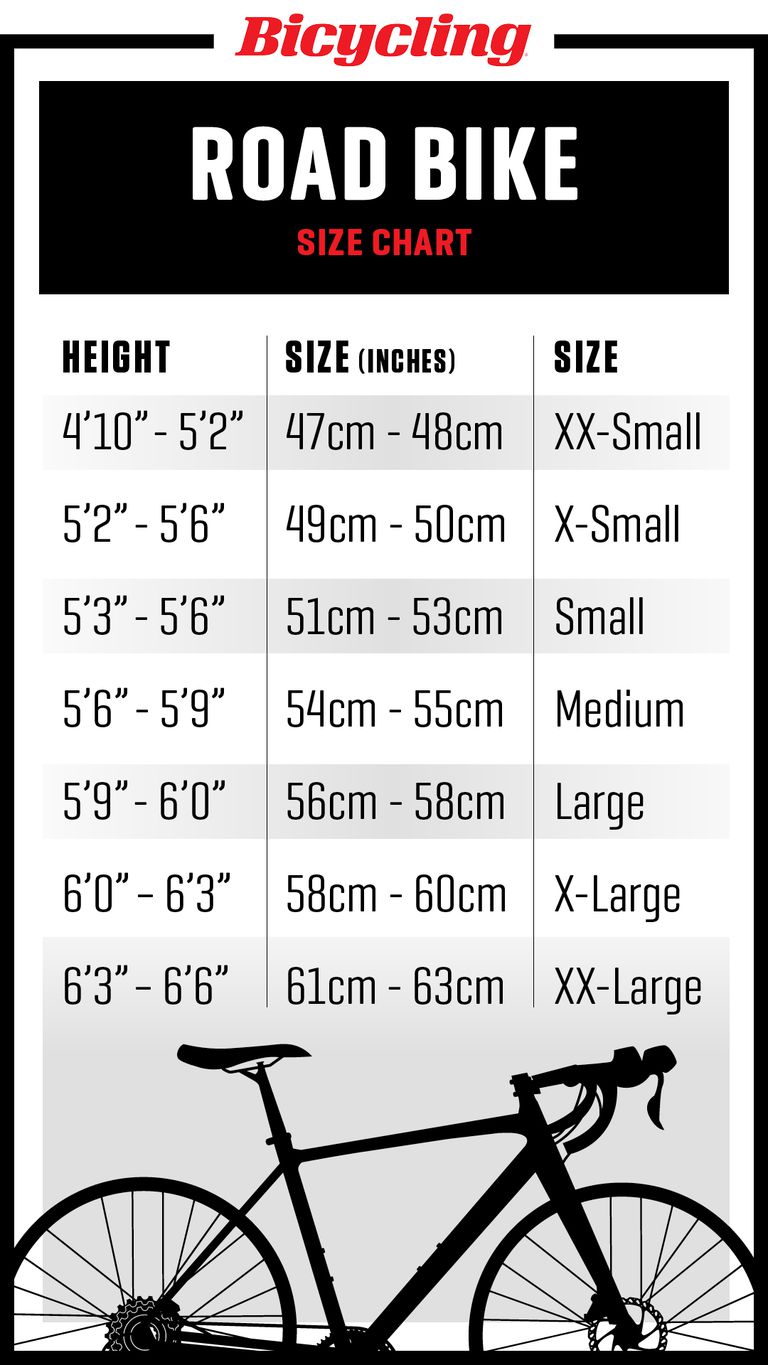Why Proper Bike Fit Matters for Women Riders
Proper bike fit is essential for women riders who want to optimize their performance, comfort, and safety on the trails. A well-fitting bike can make a significant difference in a rider’s overall experience, reducing the risk of injury and discomfort. In fact, a study by the International Mountain Bicycling Association found that 70% of mountain bikers experience discomfort or pain while riding, often due to poor bike fit.
When it comes to women’s mountain bike sizing, a bike that fits properly can improve comfort, confidence, and performance. A well-fitting bike allows riders to maintain a comfortable riding position, reducing fatigue and discomfort. This, in turn, can boost confidence and performance, enabling riders to tackle more challenging trails and ride for longer periods.
Moreover, a well-fitting bike can reduce the risk of injury and discomfort. A bike that’s too small or too large can put unnecessary strain on the rider’s body, leading to discomfort, fatigue, and even injury. By investing time and effort into finding the perfect fit, women riders can enjoy a more comfortable, confident, and high-performance ride.
Understanding Your Body Type and Riding Style
When it comes to women’s mountain bike sizing, understanding your body type and riding style is crucial for finding the perfect fit. Different body types and riding styles require specific bike fit requirements, and neglecting to consider these factors can lead to discomfort, fatigue, and decreased performance.
Body type plays a significant role in determining the ideal bike fit. For example, riders with a shorter inseam may require a bike with a lower standover height, while riders with a longer torso may need a bike with a longer reach. Additionally, riders with a larger bust or wider hips may require a bike with a wider seat and handlebars.
Riding style is another critical factor to consider when it comes to women’s mountain bike sizing. Different riding styles, such as cross-country, trail, and enduro, require specific bike fit requirements. Cross-country riders, for example, may prefer a bike with a more upright riding position and a shorter reach, while enduro riders may require a bike with a more aggressive riding position and a longer reach.
Trail riders, on the other hand, may prefer a bike with a balanced riding position and a medium reach. Understanding your riding style and body type can help you determine the ideal bike fit, ensuring a comfortable, confident, and high-performance ride.
How to Measure Yourself for a Women’s Mountain Bike
To find the perfect fit for your women’s mountain bike, it’s essential to take accurate measurements. This will ensure that you get a bike that is tailored to your body type and riding style, providing optimal comfort, performance, and safety.
Here’s a step-by-step guide to taking accurate measurements for a women’s mountain bike:
Inseam Measurement: Stand against a wall with your feet shoulder-width apart. Measure the distance from the floor to the top of your inner thigh. This measurement will help you determine the ideal seat height and standover height for your bike.
Arm Length Measurement: Hold your arm straight out to the side, parallel to the ground. Measure the distance from the center of your back to your wrist. This measurement will help you determine the ideal reach and handlebar height for your bike.
Torso Length Measurement: Measure the distance from the base of your neck to your hip bone. This measurement will help you determine the ideal top tube length and seat tube length for your bike.
Once you have taken these measurements, you can use them to determine your ideal bike size. Refer to women’s mountain bike sizing charts to find the corresponding bike size based on your measurements. Keep in mind that different brands and models may have slightly different sizing charts, so be sure to check the specific chart for the bike you’re interested in.
By taking accurate measurements and using them to determine your ideal bike size, you can ensure a comfortable, confident, and high-performance ride. Remember, proper women’s mountain bike sizing is crucial for optimal performance and safety, so don’t hesitate to take the time to get it right.
Women’s Mountain Bike Sizing Charts: What You Need to Know
When it comes to finding the perfect fit for your women’s mountain bike, understanding women’s mountain bike sizing charts is crucial. These charts provide a guide for determining the ideal bike size based on individual measurements, ensuring a comfortable, confident, and high-performance ride.
However, not all women’s mountain bike sizing charts are created equal. Different brands and models may have slightly different sizing charts, making it essential to understand how to read and interpret them correctly.
Here are some key things to keep in mind when using women’s mountain bike sizing charts:
Measurements Matter: Make sure to take accurate measurements, including inseam, arm length, and torso length, to ensure the best fit.
Brand and Model Variations: Different brands and models may have slightly different sizing charts, so be sure to check the specific chart for the bike you’re interested in.
Size Ranges: Women’s mountain bike sizing charts often provide a range of sizes, such as small, medium, and large. Be sure to choose a size that falls within your measurement range.
Standover Height and Reach: Don’t forget to consider standover height and reach when choosing a bike size. These factors can greatly impact comfort and performance.
By understanding how to read and interpret women’s mountain bike sizing charts, you can ensure a perfect fit for your next ride. Remember, proper women’s mountain bike sizing is crucial for optimal performance, comfort, and safety, so take the time to get it right.
With the right size and fit, you’ll be able to tackle the trails with confidence and style. So, don’t be afraid to take the next step in finding your perfect fit – your body (and your bike) will thank you.
Top Women’s Mountain Bikes for Different Riding Styles
When it comes to finding the perfect women’s mountain bike, understanding the different types of riding styles and their corresponding bike requirements is essential. Whether you’re a cross-country enthusiast, a trail rider, or an enduro thrill-seeker, there’s a women’s mountain bike out there that’s tailored to your needs.
Here are some top women’s mountain bikes for different riding styles:
Cross-Country: For cross-country riders, a lightweight and efficient bike is key. Look for bikes with a focus on climbing and acceleration, such as the Trek Fuel EX or the Specialized Epic. These bikes typically feature a shorter travel suspension, narrower tires, and a more upright riding position.
Trail Riding: Trail riders need a bike that can handle a variety of terrain, from smooth singletrack to rocky descents. Bikes like the Juliana Furtado or the Liv Intrigue feature a balance of climbing and descending capabilities, with a slightly longer travel suspension and wider tires.
Enduro: Enduro riders require a bike that can handle the toughest terrain, with a focus on descending and technical riding. Bikes like the Yeti SB150 or the Pivot Firebird feature a longer travel suspension, slack head angles, and aggressive tires.
When choosing a women’s mountain bike, consider the key features that affect bike fit and performance, such as:
Suspension: Look for a bike with a suspension system that’s tailored to your riding style, whether it’s a lightweight cross-country setup or a burly enduro design.
Wheel Size: Choose a bike with wheels that are sized correctly for your riding style, whether it’s 27.5 inches for cross-country or 29 inches for trail and enduro.
Gearing: Consider a bike with a gearing system that’s optimized for your riding style, whether it’s a wide-range cassette for cross-country or a narrow-range cassette for enduro.
By understanding the different types of riding styles and their corresponding bike requirements, you can find a women’s mountain bike that’s tailored to your needs and riding style. Remember, proper women’s mountain bike sizing is crucial for optimal performance, comfort, and safety, so take the time to get it right.
Common Mistakes to Avoid When Buying a Women’s Mountain Bike
When buying a women’s mountain bike, it’s easy to get caught up in the excitement of finding the perfect ride. However, making a few common mistakes can lead to a bike that’s uncomfortable, inefficient, and even dangerous. Avoid these common mistakes to ensure you find a bike that’s tailored to your needs and riding style.
Bike Size: One of the most critical mistakes is buying a bike that’s too small or too large. A bike that’s too small can be uncomfortable and affect performance, while a bike that’s too large can be difficult to handle and increase the risk of injury. Make sure to take accurate measurements and consult women’s mountain bike sizing charts to find the ideal bike size.
Standover Height and Reach: Standover height and reach are often overlooked, but they’re crucial for comfort and performance. A bike with a standover height that’s too low or too high can cause discomfort and affect handling, while a bike with a reach that’s too long or too short can impact control and stability.
Riding Style: Failing to consider your riding style can lead to a bike that’s not suited to your needs. For example, a cross-country rider may require a bike with a lighter frame and narrower tires, while an enduro rider may need a bike with a burlier frame and wider tires.
Components and Features: Neglecting to consider the components and features of a bike can lead to a ride that’s not optimized for performance. For example, a bike with a suspension system that’s not tailored to your riding style can affect comfort and control.
By avoiding these common mistakes, you can find a women’s mountain bike that’s tailored to your needs and riding style. Remember, proper women’s mountain bike sizing is crucial for optimal performance, comfort, and safety, so take the time to get it right.
Getting a Professional Bike Fit: Is it Worth the Investment?
When it comes to finding the perfect women’s mountain bike, a professional bike fit can be a game-changer. A professional bike fitter can help you optimize your bike’s fit to your body, riding style, and terrain, leading to improved comfort, performance, and injury prevention. But is it worth the investment?
The benefits of a professional bike fit are numerous. A well-fitting bike can reduce the risk of discomfort, pain, and injury, allowing you to ride longer and more confidently. A professional bike fitter can also help you optimize your bike’s performance, ensuring that you’re getting the most out of your ride. Additionally, a professional bike fit can help you improve your riding technique, leading to better control and handling.
So, how does a professional bike fit work? A professional bike fitter will typically start by taking a series of measurements, including inseam, arm length, and torso length. They will then use these measurements to determine the ideal bike size and configuration for your body and riding style. They may also make adjustments to the bike’s components, such as the saddle height, handlebar height, and pedal position, to ensure a comfortable and efficient riding position.
The cost of a professional bike fit can vary, but it’s typically a worthwhile investment for serious riders. On average, a professional bike fit can cost anywhere from $50 to $200, depending on the complexity of the fit and the expertise of the fitter. While this may seem like a significant expense, it’s a small price to pay for the benefits of improved comfort, performance, and injury prevention.
In conclusion, a professional bike fit is a valuable investment for any serious women’s mountain bike rider. By optimizing your bike’s fit to your body and riding style, you can improve your comfort, performance, and overall riding experience. Whether you’re a beginner or an experienced rider, a professional bike fit can help you take your riding to the next level.
Conclusion: Finding Your Perfect Fit on the Trails
Proper women’s mountain bike sizing is crucial for a comfortable, confident, and high-performance ride. By understanding the importance of bike fit, considering your body type and riding style, and taking accurate measurements, you can find a bike that’s tailored to your needs. Remember to avoid common mistakes, such as buying a bike that’s too small or too large, and consider investing in a professional bike fit for optimal results.
With the right women’s mountain bike sizing, you can unlock your full potential on the trails. Whether you’re a beginner or an experienced rider, a well-fitting bike can make all the difference in your riding experience. So, take the next step in finding your perfect fit and get ready to shred the trails with confidence and style.
By following the guidelines and tips outlined in this article, you’ll be well on your way to finding a women’s mountain bike that’s perfectly suited to your needs. Remember to prioritize comfort, performance, and safety, and don’t be afraid to seek out professional advice if needed. Happy trails!









